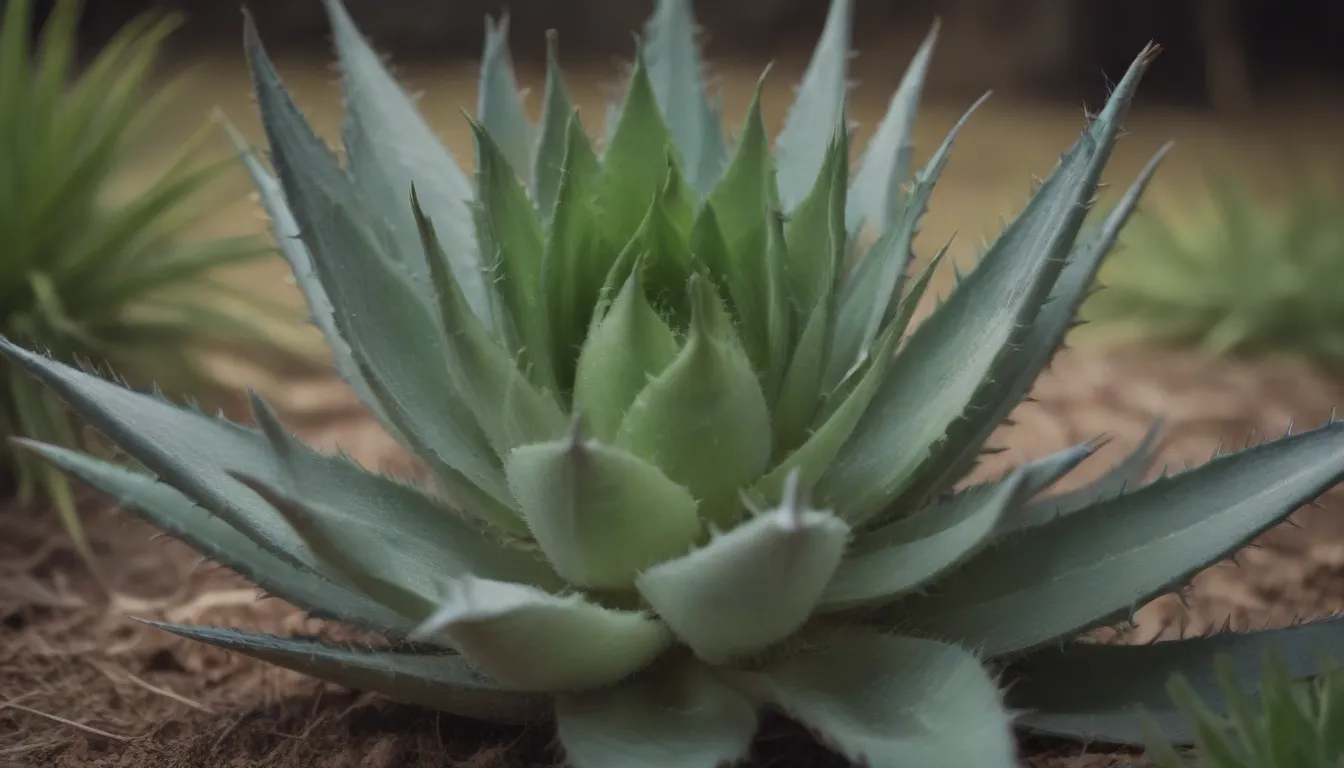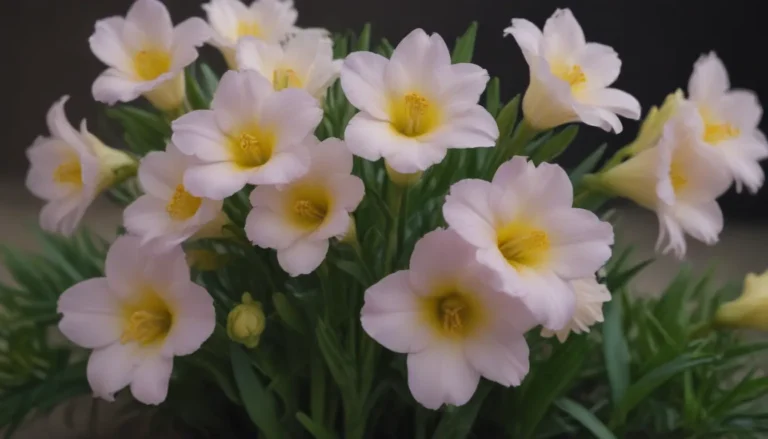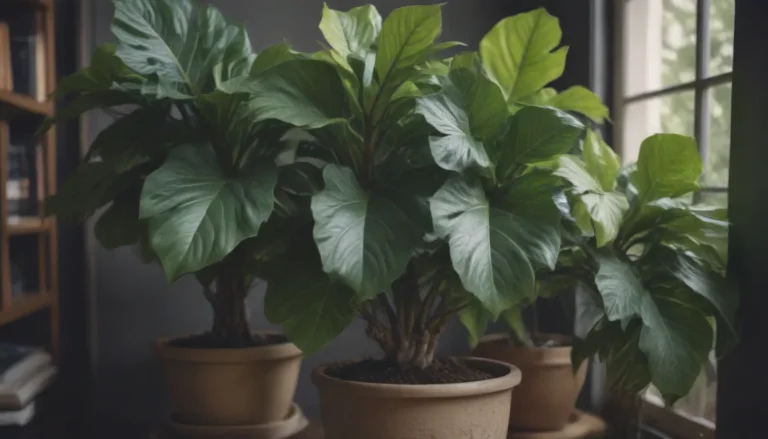The Ultimate Guide to Growing and Caring for Krantz Aloe

Are you ready to add a stunning, eye-catching plant to your garden or home? Look no further than the Krantz Aloe! This unique succulent is not only visually striking but also has a range of uses, from ornamental to medicinal. In this in-depth guide, we will explore everything you need to know to successfully grow and care for Krantz Aloe.
Getting to Know Krantz Aloe
Krantz Aloe is known for its impressive size and sprawling habit. With its thick stem and multiple branches emerging from a woody trunk, this plant truly stands out. The leaves, arranged like rosettes and pointing downwards, are so dense that the trunk is often hidden. In the winter, Krantz Aloe produces stunning red or orange flowers that attract birds and hummingbirds for their nectar. However, deer tend to steer clear due to the plant’s sharp leaves.
In addition to its ornamental value, Krantz Aloe is also prized for its medicinal properties. Some even claim it is more effective than the well-known Aloe Vera. Whether you’re looking to add a striking plant to your garden or explore its healing properties, Krantz Aloe is a fantastic choice.
Krantz Aloe Care Tips
To ensure your Krantz Aloe thrives, it’s essential to provide the right care. Here are the main care requirements to keep in mind:
Light
Krantz Aloe thrives in locations with direct, intense sunlight. The color of the leaves can vary based on the amount of sunlight the plant receives, ranging from dull green to yellow-green or bluish-green.
Soil
Proper drainage is crucial for Krantz Aloe, so opt for light, sandy, or medium loamy soil. The plant can thrive in rocky, nutrient-poor soil, similar to its native habitat. It is also salt-tolerant, making it suitable for coastal areas.
Water
While Krantz Aloe is drought-tolerant, it does not tolerate wet soil. Ensure the soil dries out between waterings, especially in the growing season. During the winter, water sparingly to keep the soil moist, gradually reducing the amount of water.
Temperature and Humidity
Krantz Aloe thrives in low humidity and can tolerate moderate frost down to 25 degrees Fahrenheit. Avoid high humidity levels to prevent issues with the plant’s health.
Fertilizer
Krantz Aloe does not require much fertilizer, especially if grown in nutrient-rich soil. For potted plants, apply liquid fertilizer about once a month, excluding the winter months.
Pruning Tips
If you want to shape your Krantz Aloe for a more tree-like appearance, prune the side shoots. Remember to wear protective gloves due to the plant’s spines and sharp edges.
Propagating Krantz Aloe
Instead of starting from seeds, propagating Krantz Aloe from pups or stem cuttings is more successful and faster. Here’s how you can propagate different parts of the plant:
Propagation from Pups
In the spring, remove pups with intact roots and transplant them using succulent potting mix.
Propagation from Stems, Cuttings, or Rootless Pups
Stem or branch cuttings can also be propagated in the spring. Even rootless pups can be successfully propagated using the right techniques.
Potting and Repotting
Use a wide container with good drainage for Krantz Aloe, as it dislikes wet feet. Opt for a cactus or succulent mix for best results. Repot the plant as needed to prevent overcrowding and support healthy growth.
Overwintering
If your climate is too cold for outdoor planting, grow Krantz Aloe in containers and bring them indoors for the winter. Place them near a sunny window to ensure they receive enough indirect light.
Common Pests and Diseases
While deer tend to leave Krantz Aloe alone, the plant can be affected by pests such as mites, mealybugs, scale insects, and aphids. Keep an eye out for signs of infestation and treat promptly.
How to Encourage Blooming
Krantz Aloe typically blooms from late fall to early winter, showcasing bright red or orange cone-shaped flowers. To help your plant bloom, ensure it receives ample sunlight and proper care year-round.
Troubleshooting Common Problems
- Leaves Falling Off: Overwatering can cause leaf loss and root rot. Allow the soil to dry out between waterings to prevent this issue.
- Leaves Turning Brown: Brown leaves may indicate too much water or fertilizer. Adjust your watering and feeding schedule accordingly.
- Browning Tips: Dehydration can lead to browning tips. Ensure the plant receives adequate water without overwatering.
In conclusion, Krantz Aloe is a versatile plant that adds beauty and functionality to any garden or home. By following these care tips and guidelines, you can enjoy a thriving Krantz Aloe that will brighten your space for years to come. Whether you’re a seasoned gardener or just starting, Krantz Aloe is a fantastic addition to any plant collection. Happy gardening!





